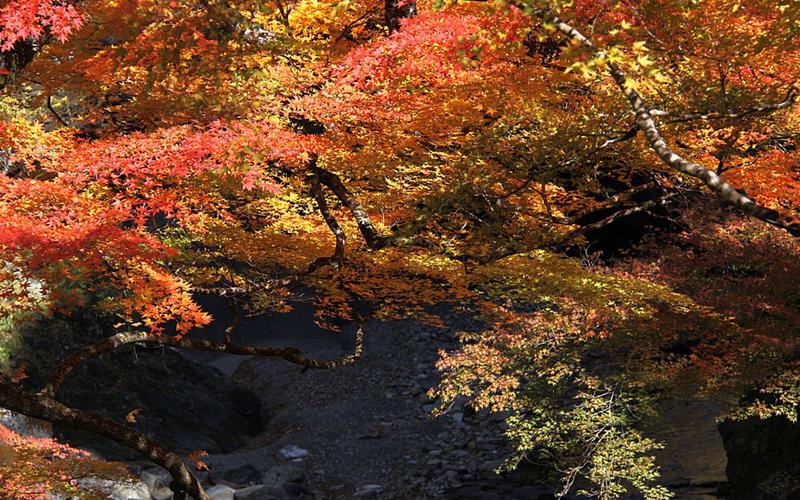Photography Tips for Capturing Wildlife on a Safari
A safari is a photographer’s dream come true, especially for those who love wildlife photography. Capturing the beauty and diversity of wild animals in their natural habitats is a challenging and rewarding experience. However, it requires patience, skill, and some insider tips to get the best shots. Here are some photography tips to help you capture stunning wildlife photos on your next safari.
1. Get the Right Equipment
One of the most critical factors in wildlife photography is having the right camera equipment. Invest in a good quality DSLR camera and telephoto lens to capture distant subjects. A tripod is also handy to stabilize your shots and maintain sharpness. Additionally, carry extra camera batteries, memory cards, and a protective camera bag.
2. Be Patient and Observant
Wildlife photography requires patience and observation to capture that perfect shot. Spend time watching and understanding animal behaviors, movements, and patterns. This knowledge will help you anticipate their actions and plan your shots accordingly.
3. Use Natural Light
Natural light is the best source for wildlife photography. It helps to capture the natural colors, textures, and details of animals and their habitats. Early morning, late afternoon, and overcast days are ideal for wildlife photography, as the light is soft and warm. However, avoid harsh midday light that creates shadows and washes out colors.
4. Focus on the Eyes
The eyes are the windows to the soul, even in animals. When photographing wildlife, ensure that the eyes are in sharp focus, as it creates a connection and impact in the image. To achieve this, use a large aperture (small f-number) to create a shallow depth of field, allowing the eyes to stand out from the background.
5. Shoot From Different Angles
Varying your shooting angle can add perspective and interest to your wildlife photos. Experiment with different angles like shooting from a low angle to create a dramatic effect, or shoot from above to capture a bird’s-eye view. It also helps to get down to the animal’s level and shoot eye-to-eye for a more intimate feel.
6. Use the Rule of Thirds
The rule of thirds is a fundamental guideline in photography that suggests dividing your image into thirds both horizontally and vertically. The intersecting points are the points of focus, and placing your subject on these points can enhance the composition and visual appeal of an image.
In Conclusion
Capturing stunning wildlife photos on a safari requires patience, skill, and some insider tips. With the right equipment, observance, and techniques, you can capture amazing photos that showcase the beauty and diversity of wildlife in their natural habitats. Remember to stay respectful, responsible, and ethical while photographing wildlife, and have a great safari experience.
(Note: Do you have knowledge or insights to share? Unlock new opportunities and expand your reach by joining our authors team. Click Registration to join us and share your expertise with our readers.)
Speech tips:
Please note that any statements involving politics will not be approved.
